A Trip to the Astrophysical Planetarium of Asiago
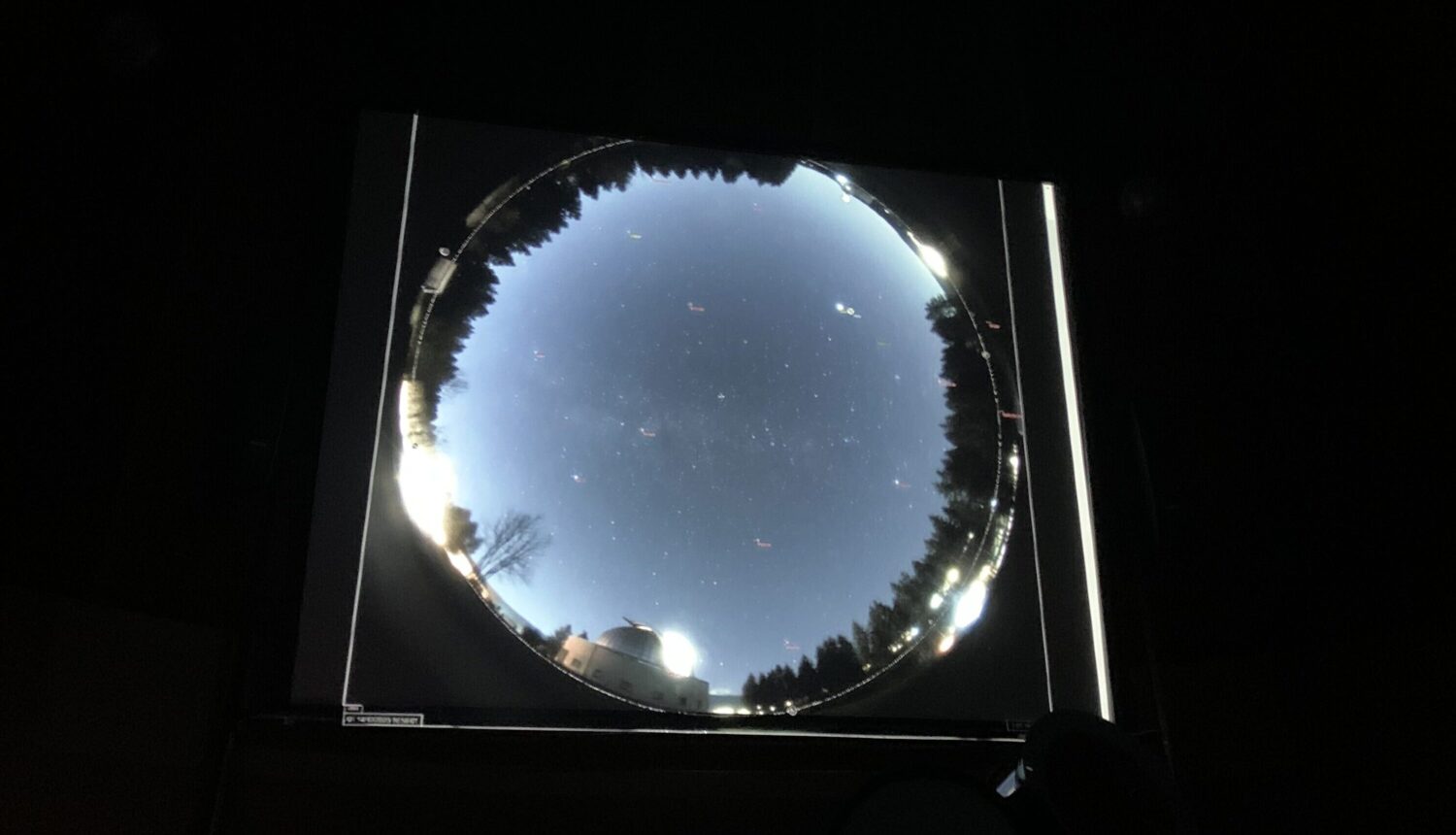
Considering a trip to the planetarium to observe celestial bodies might not sound thrilling to you, would you rather visit the zoo? Well, let me assure you that the excursion to the Asiago planetarium was absolutely exhilarating!
The concept for this outing was conceived by the Science and Italian teachers (Mr. Thun, Miss Ranz, Miss Gobbo, and Mr. Ramagli) who orchestrated what they call an IDU (Interdisciplinary Unit), a teaching initiative centred around a theme merging the two subjects. In this particular case, it revolved around astronomy and science fiction.
Upon our arrival at the planetarium in the afternoon, we were welcomed by the astronomer Paolo Ochner from the University of Padua. It was revealed to us that the planetarium is the property of this university.
After spending a few minutes outside, where we not only enjoyed a clear and beautifully starry sky but also braved polar cold, Dr. Ochner introduced us to “Copernico”, a telescope of unimaginable dimensions with a diameter of 182cm, the largest in Italy. What fascinated me the most about this telescope is its complete computer control. For instance, you can simply say “search for Jupiter,” and the computer automatically adjusts itself towards the planet, showcasing the captured images and data directly on a monitor.
Following this, Dr. Ochner delivered a brief presentation on Jupiter, revealing incredibly fascinating facts about the planet. Jupiter boasts more than 90 moons, yet Copernico, like most telescopes, can only observe four of the most significant and large ones. The mind-boggling aspect is the sheer size of Jupiter, capable of accommodating up to 12 Earths!
Concluding our initial lesson, we arrived at the hotel in the centre of Asiago, where we savoured a delightful dinner. Subsequently, we convened in the conference room for a movie night organised by Prof. Ramagli. We enjoyed watching a captivating film related to the science fiction unit: “The Martian” (accompanied by an array of snacks and sweets).
For those unfamiliar with the movie, it narrates the tale of an astronaut believed to be dead by his crew after an accident. Stranded alone on the Red Planet, he endeavours to survive through ingenious means – a journey spanning 549 sols, equivalent to 564 Earth days on Mars.
The following morning, after a hearty breakfast that left the hotel’s food supplies depleted, we returned to the planetarium. In the garden, along a walking path, we encountered a scale reproduction of the solar system, meticulously depicting the vast interstellar distances between celestial bodies.
The astronomer then guided us inside the planetarium, delivering an intriguing lecture on the Sun. We learned that astronomers use different filters to study the Sun, enabling them to discern its composition. These filters colour the image based on the elements present in that part of the spectrum. One filter even renders the Sun grey, facilitating the detection of sunspots without harming the eyes.
Our education continued as we explored the distinctions between comets and shooting stars. Later, we observed various sunspots, and Dr. Ochner elucidated how to differentiate between them. Additionally, he showcased tools used in his profession, including websites where one can upload images of stars or the Sun to examine the ultraviolet rays present in the observed star’s rays.
The most captivating part, however, was peering through the Copernico telescope and directing the filtered lenses towards the sun on a magnificent morning – perfect for daytime observation of the star and other celestial bodies.
This experience was truly remarkable, offering insights into how celestial bodies appear in space beyond mere photographs and graphic reconstructions. It underscored the fascination of observing stars through complex instruments like those demonstrated by the astronomer.
Hence, I genuinely hope that this opportunity will be extended to all students attending MYP1-3 in the years to come. It is undeniably worthwhile!
Written by Viola Tomaello, MYP 3 student
Picture of Lucrezia Malenotti, MYP 3 student






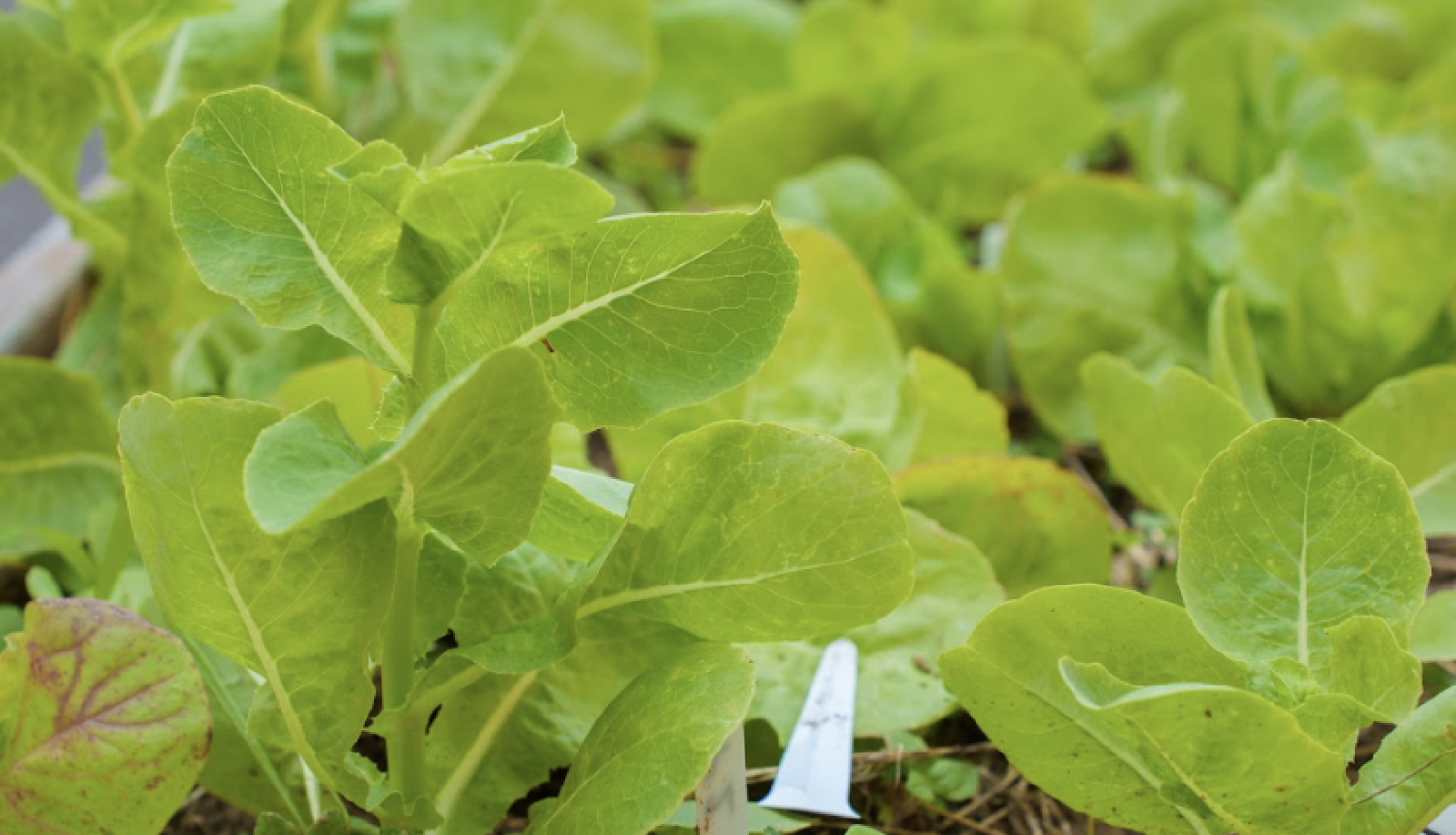

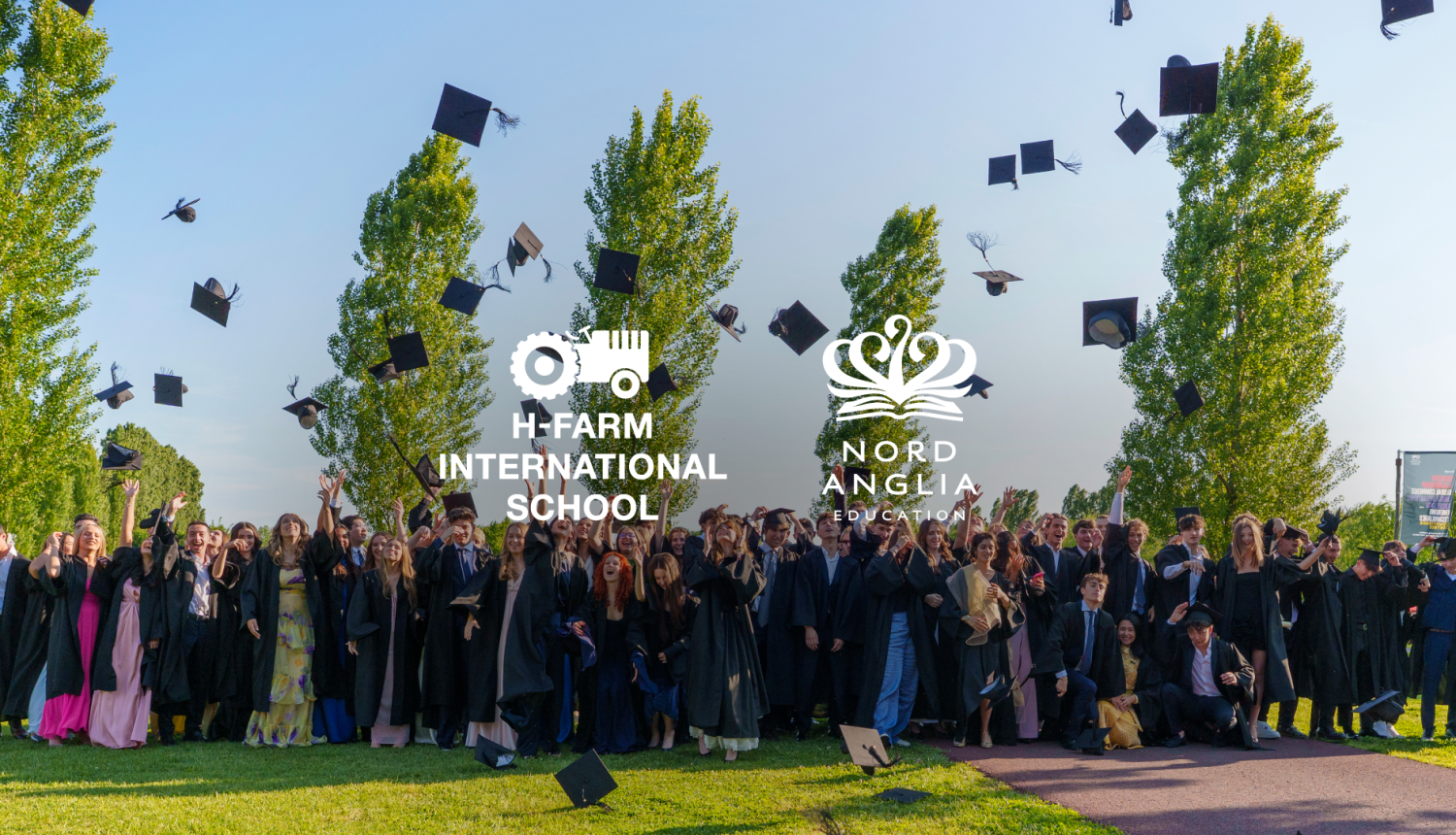
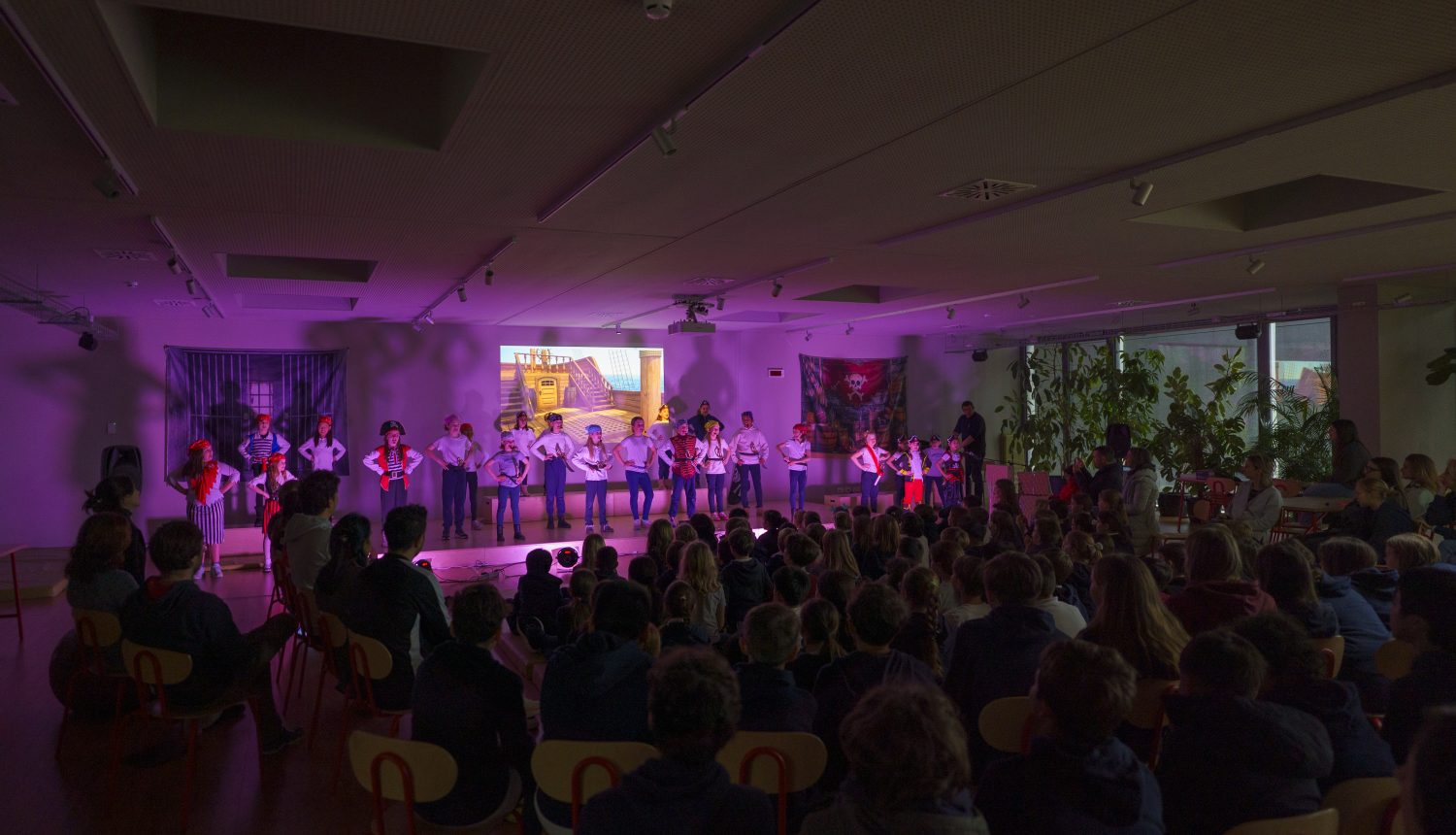
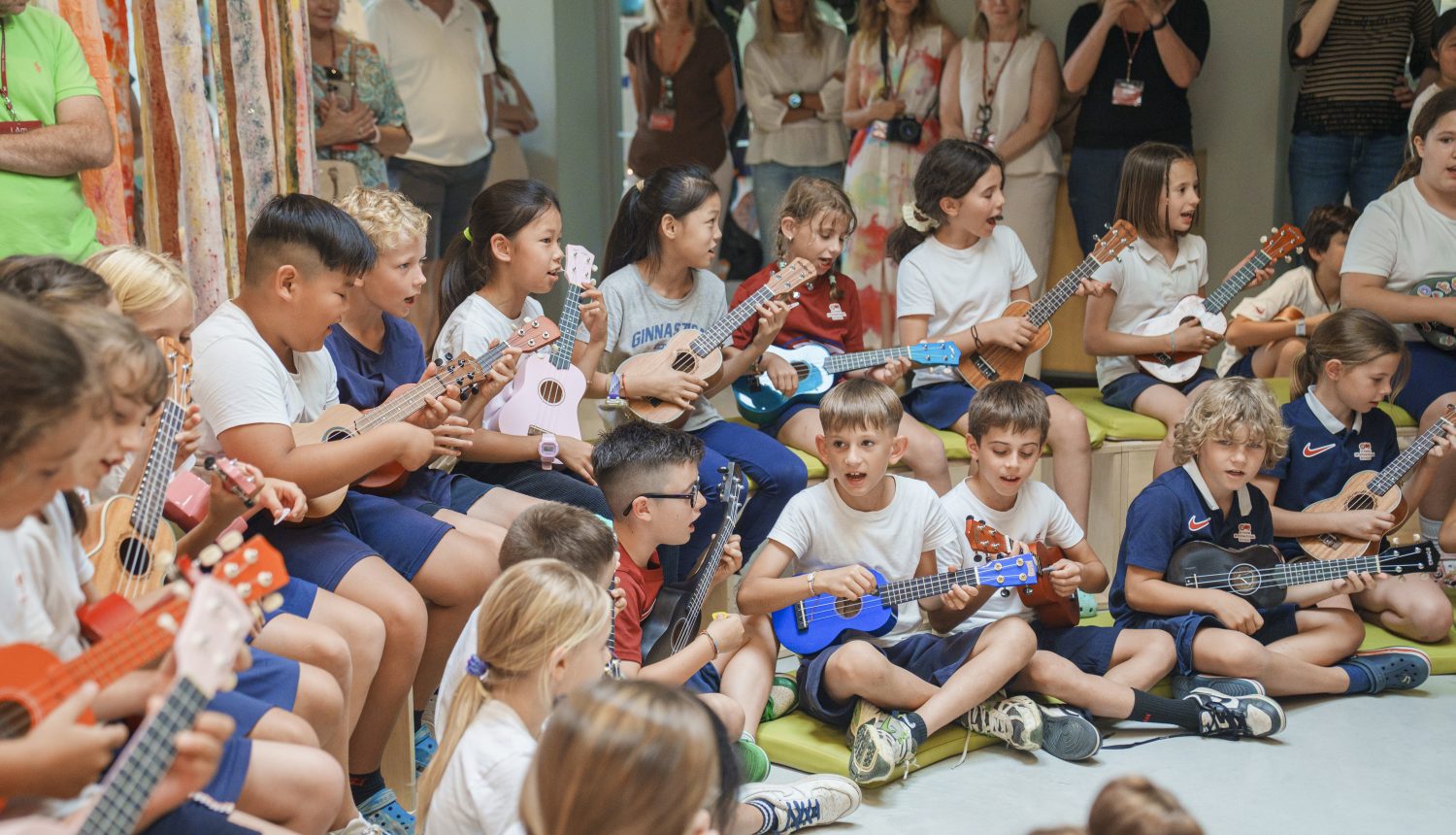
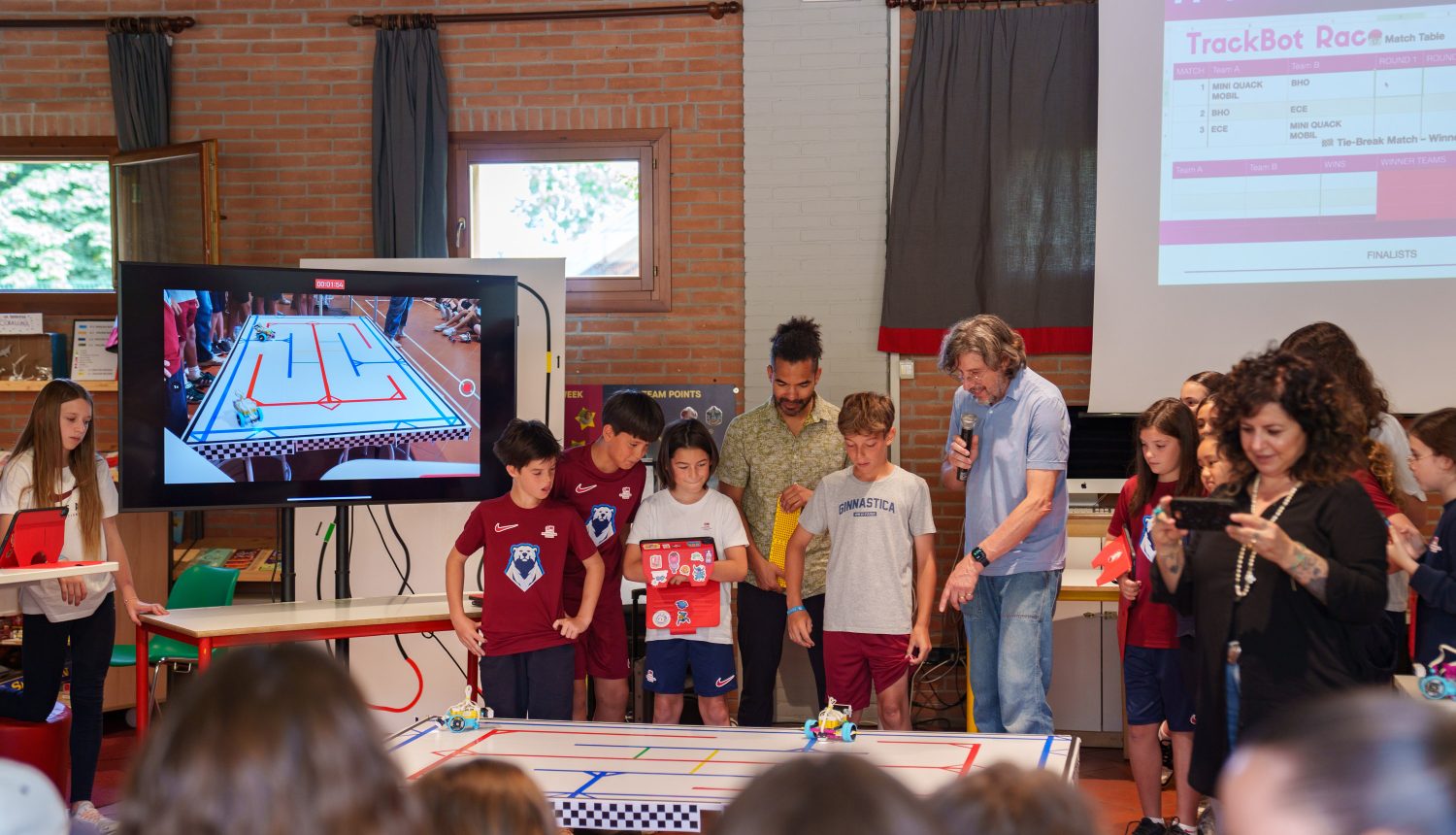
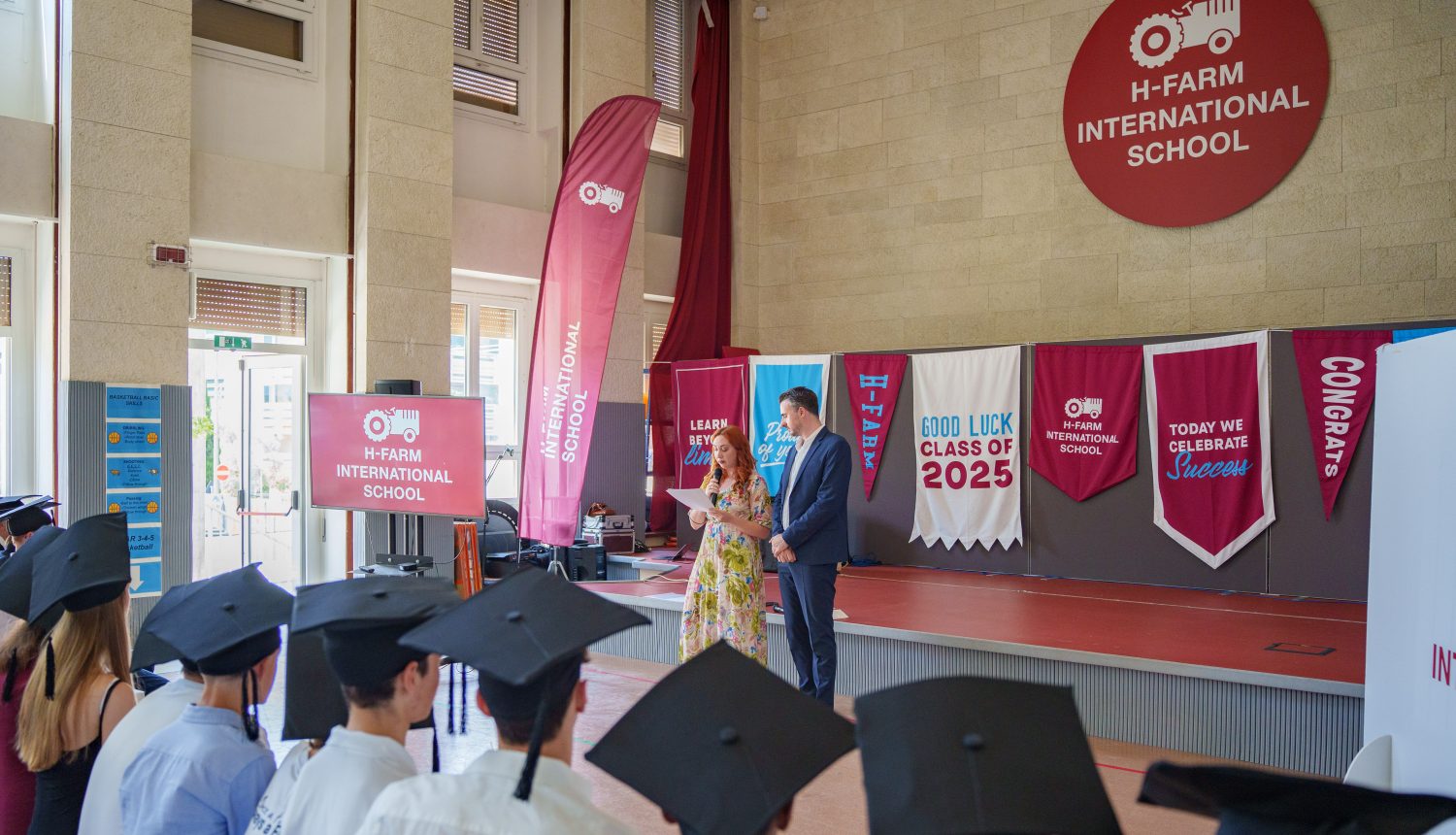

 Back
Back
